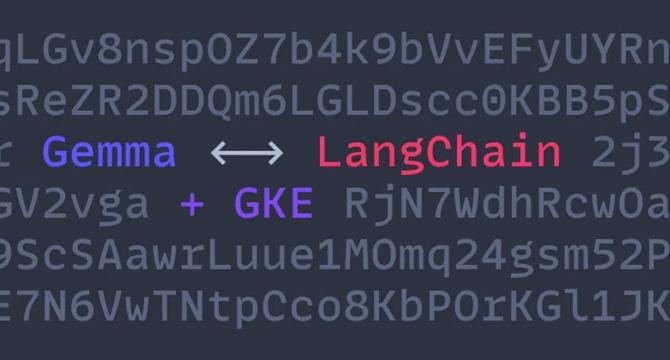Dev
2w
300

Image Credit: Dev
Leverage open models like Gemma 2 on GKE with LangChain
- Gemma is a Google's open-source language model that can be hosted on GKE cluster, providing control, customization, cost optimization, data locality, and experimentation opportunities.
- Before deploying Gemma 2 on GKE cluster, a Hugging Face account is required to accept the model consenting page and generate a token key with read permission from the setting page.
- To set up Gemma 2 deployment in GKE, create a GKE cluster with sufficient resource to run Gemma and deploy an instruction-tuned Gemma 2 instance from the vLLM image file using a manifest.
- Containerize the LangChain application by creating a Dockerfile with the dependencies, packaged it into a Docker container, and deployed in GKE creating the required manifest.
- The LangChain application can now be run on GKE and integrated with Gemma, creating a powerful and flexible way to build tailored AI-powered applications.
- Some of the considerations to enhance the application include scaling, monitoring, fine-tuning, and security measures like policies and authentication to protect the Gemma instance.
- The detailed Gemma and LangChain documentations can be referred to for advanced usage and integrations.
- In summary, a more hands-on approach to language modeling can be achieved by running an open-source pre-trained language model like Gemma 2 directly in the GKE cluster, allowing optimized functionality as per requirements.
- In the next post, the article will take a look at streamlining LangChain deployments using LangServe.
Read Full Article
18 Likes
For uninterrupted reading, download the app